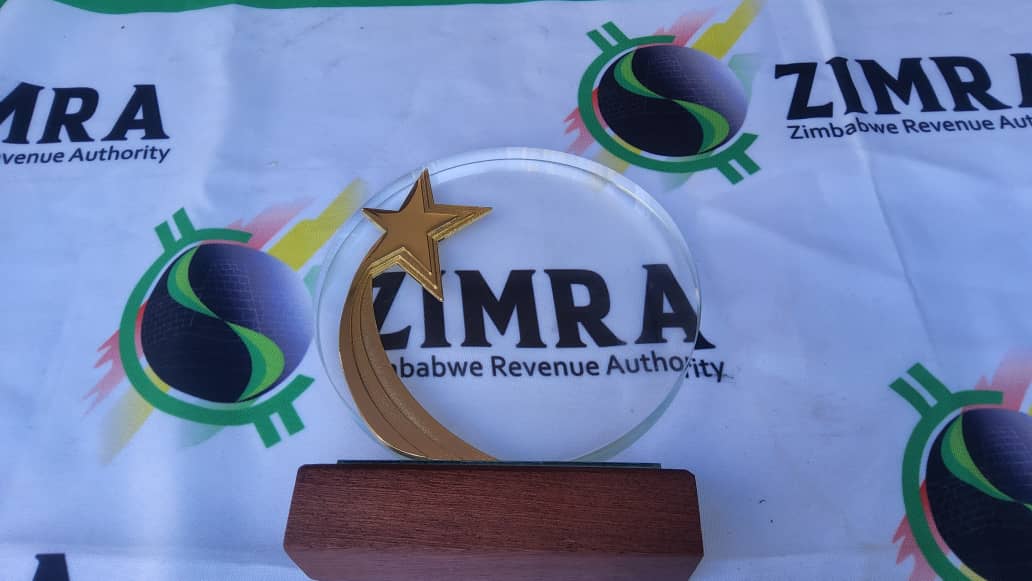Zimbabwe's latest broad economic policy - the Zimbabwe Agenda for Sustainable Socio-Economic Transformation (ZimAsset) - has been described as positive by a number of agencies, not least the World Bank, the African Development Bank, and International Monetary Fund.
This is because it has the potential to revive the country's economic fortunes if implemented to the letter.
An analysis of the ZimAsset document shows that its strength lies in its recognition of the importance of value chains.
The policy outlines key economic cluster areas that need to be improved, and outlines the strategies that will be followed and the results envisaged.
Critically, the policy looks at the complete value chain of a particular cluster, focusing on where and how along that particular value chain can activities be enhanced for the better of the sector.
This value chain approach, which was popularised in the 1980s by Michael Porter, is the key strength of ZimAsset.
Because the ZimAsset policy is based on this value chain analysis, it gives an indication of where intervention is required and how it can be best implemented.
According to a 2009 United Nations Industrial Development Organisation (UNIDO) working paper entitled 'Value chain diagnostics for industrial development
Building blocks for a holistic and rapid analytical tool' benefits that can be derived from conducting a value chain analysis include: improvement in the quality of products and services; improvement in production and processing efficiencies; creation of new processing and transformation activities; better linkages among value chain actors; and improved marketing and distribution of products and services.
Additionally, the implementing agent can also benefit from effective flow of technologies, information, and skills within the value chain; reduced entry barriers; the establishment of regulatory frameworks that create an enabling environment for value chains to function; improved compliance with existing standards; promotion of fair practices between actors; and improvement of vertical integration of the value chain through improved contractual arrangements and chain governance.
A breakdown of ZimAsset shows then that the Government is fully aware of the areas across the country's numerous sectors that need to be addressed and how this can and will be resolved.
Take the case of Zimbabwe's agriculture/ agro-industry for example.
Zimbabwe is historically an agriculture- based economy and a decline in agriculture performance in past decades has also seen a decline in performance in the manufacturing sector (which is mostly dominated by agro-processing industries).
Agro-processing industries refer to those activities that transform agricultural commodities into different forms that add value to the product, and may be primary or secondary.
ZimAsset outlines broad strategies in respect of enhancing production capacity, financing facilities, market enhancement and policy re-alignments in terms of imports and exports and numerous other factors that need to be implemented.
As Government has since acknowledged, the key constrain in the full implementation of ZimAsset is the lack of funding for the programmes.
But there are other focus areas of the policy that do not require extensive funding - such as mending policies that can go on now.
- BH24
 Top Zimbabwe business executive arrested for fraud
Top Zimbabwe business executive arrested for fraud  South Africa is in serious trouble
South Africa is in serious trouble  US halts visa services for Zimbabwean nationals
US halts visa services for Zimbabwean nationals  ZSE and VFEX recover after weak 1st half
ZSE and VFEX recover after weak 1st half  Gold edges up as traders await guidance
Gold edges up as traders await guidance  Zimbabwe Agricultural Show 2025 kicks off
Zimbabwe Agricultural Show 2025 kicks off  Young Investment Professional (YIP) Graduate Programme 2019
Young Investment Professional (YIP) Graduate Programme 2019 









 Young Investment Professional (YIP) Graduate Programme 2019
Young Investment Professional (YIP) Graduate Programme 2019
Editor's Pick